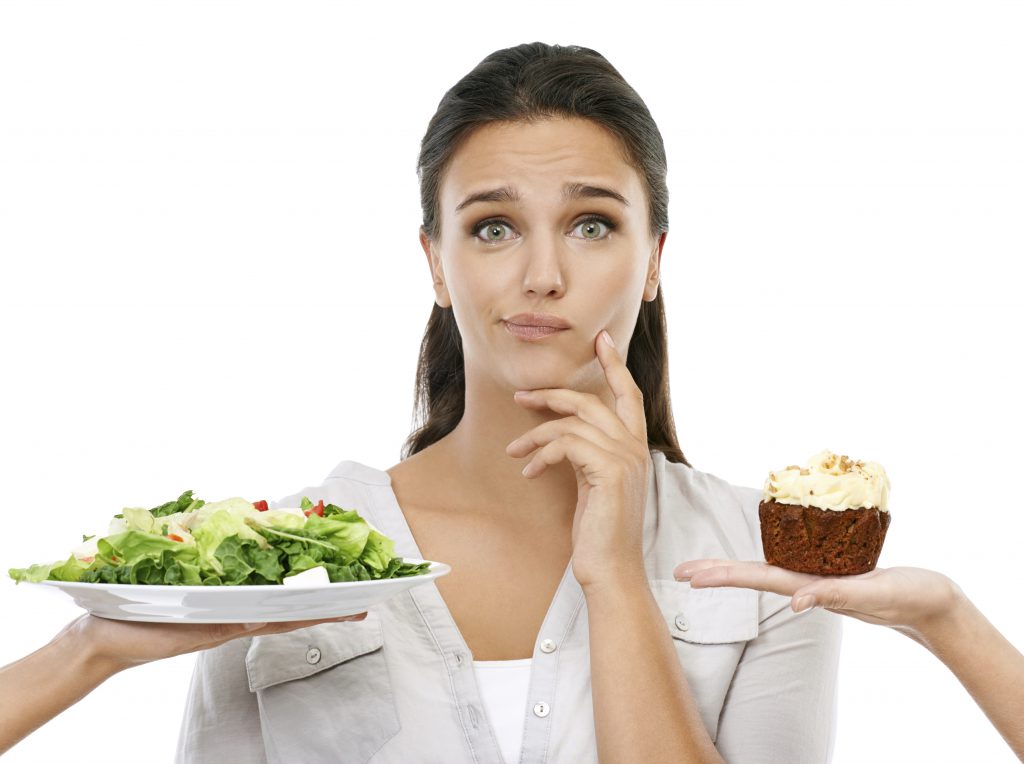We are what we eat!

How many times have we heard that expression? What does that really mean? I think it’s helpful to understand what really happens when we eat, and why it matters so much.
If taken literally, I could imagine when I eat a bagel, I would turn into a bagel; or, when I eat carrots I would turn into carrots. Even though that’s not exactly how it works, we are on the right track! We are what we eat because each food we choose is a collection of molecules of information-messages to the body. We digest or breakdown the food into smaller units to help “run the operations” of the body.
We often use the analogy that food is fuel for our body, like gas is fuel for our car. The difference is that the engine doesn’t turn into the gas; we do become the food. The energy, composition, and spirit of the food become the energy, composition, and spirit of our whole body whether or not we are aware of it.
How does that work?
A favorite teacher of mine offers the picture of a French fry and an avocado, as sources of fat, to her patients and asks:
Which one do you want your cell membrane to look like?

When posed in that way, of course we would rather have our cells resemble the supple and vibrant resilience of an avocado instead of the the browned, flat energy of a French fry. That is a great example of food becoming, in this case, our cell membrane.
Do you ever look at your food and imagine the impact on your body, or are you more focused on keeping your mouth happy? What actually happens after you swallow? First of all, the food takes a long journey – for up to 24 hours – through the body, having impacts along the way.
When we break it down to the basics, here’s what we know about that journey:
Protein – such as meat, fish, eggs, nuts/seeds and legumes – are made of single units called amino acids which become:
- Structure and shape for cells, organs, and connective tissue
- An example of how this supports the body is muscle contraction.
- Transportation vehicles to carry small molecules within cells and throughout the body.
- Hemoglobin is a type of transport protein that delivers oxygen.
- Immune system raw materials
- Antibodies are made of protein.
- Enzymes which both break things down, like food; and speed processes up, like energy production
- Hormones as messengers between cells and organs
- Insulin transmits a signal to the cell to uptake sugar.
Carbohydrates – like vegetables, fruit, grains and legumes – are made up of single units called glucose, which supports:
- ENERGY!!!
- All of the tissues and cells in the body can use glucose for energy.
- Stress Management
- Brain energy, focus, and how we eliminate toxins
- Brain power and muscle action move our body, and beat our heart.
- Saving protein and fat for their specific “jobs”
- Creates savings for later use if you miss a meal, or are running for the train.
- Thriving gut bugs – healthy bacteria, and emptying our trash
- Supports elimination, all from plant fibers.
FATS – such as olives and olive oil, nuts/seeds, coconut oil, and avocado – break down into fatty acids that:
- Keep us warm, and protects our organs and body parts
- Power-up the brain, nerve system, and impulses
- Put out the fire of inflammation
- Carry certain vitamins through digestion; e.g., eating tomato with olive oil increases absorption of lycopene
- Support healthy cell-membranes, where communication happens in the body.
So, now if we look at that statement “we are what we eat,” we see that we need all of those messages to keep our bodies well and healthy. For example, a meal of chicken or beans, sweet potato, greens, and avocado gives the body great information.
What happens when we don’t make the best choices? What about the junk or fake food, what happens with that? The message of processed food – like hydrogenated fats, GMOs, artificial sugars and that long ingredient-list on processed food packages – is one that the body has to manage because it can’t use for its normal jobs. Your trusty liver, who already has about 400 jobs, has to try to neutralize those incomprehensible messages. Fake food is like a foreigner who doesn’t speak your body’s language, roaming the body without an itinerary with messages that don’t translate. Your body does its best to neutralize it, but those messages can lead to imbalances.
The simple message is to eat real, whole food that has a message your body can understand so easily.
Lastly – we want to pay attention about how we eat. Taking the time to connect to the food, maybe taking a few breaths or giving a blessing can keep us in line with digestion and send a great message to the body.
5 TOP TAKEAWAYS
- Eat real whole food – know the message of that food
- Balance your choices of protein, fats, and carbs
- Pause before you eat, and take 2 full breaths
- Chew your food – slow down and enjoy what you are becoming
- Eat real food-that is worth saying twice
Bonus tip: introduce yourself to a vegetable you have never met, or a spice that looks and smells amazing to you. Enjoy the journey of connecting to the wonder of your body and the many ways you can choose how to be by what you eat!
